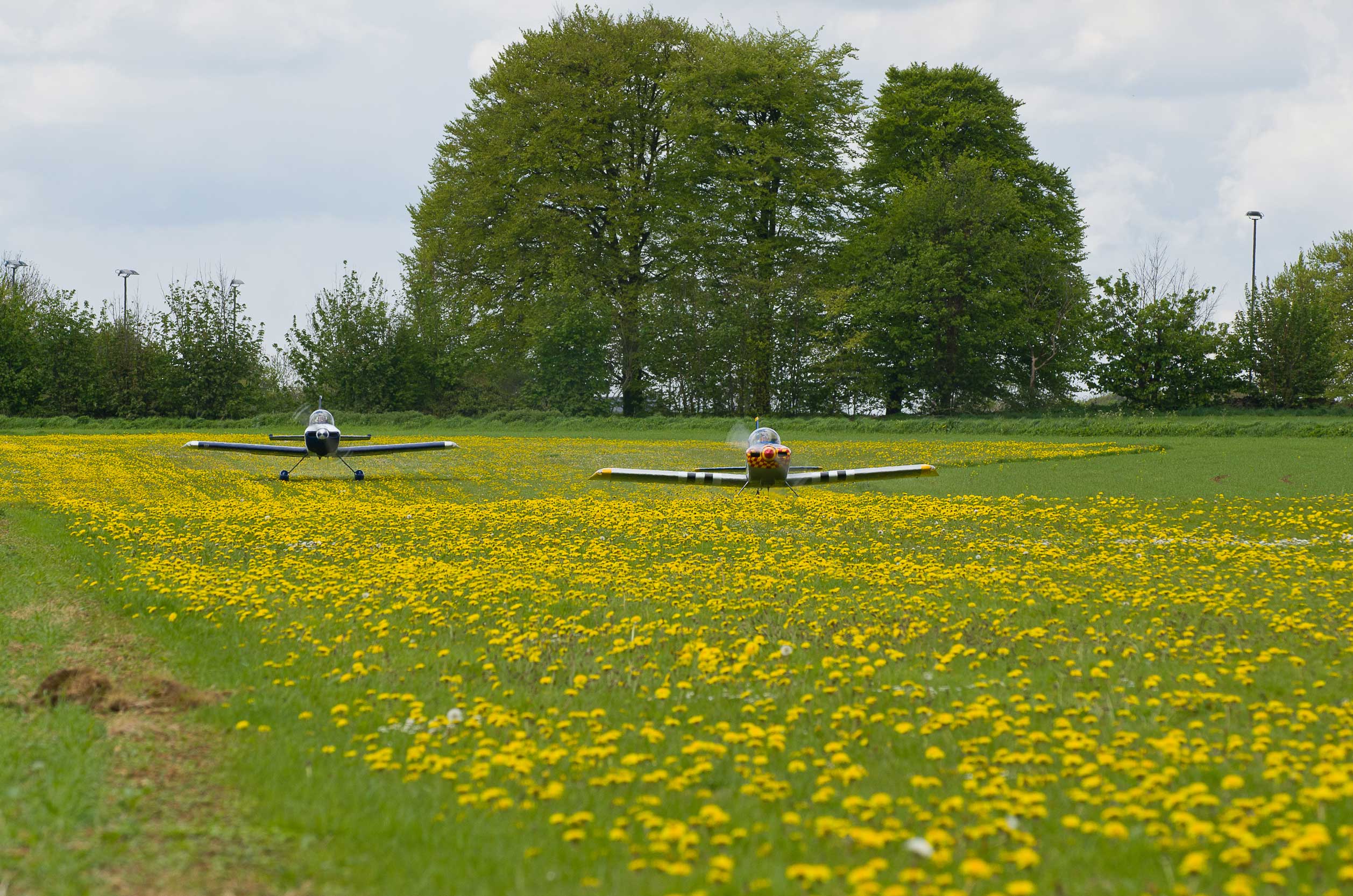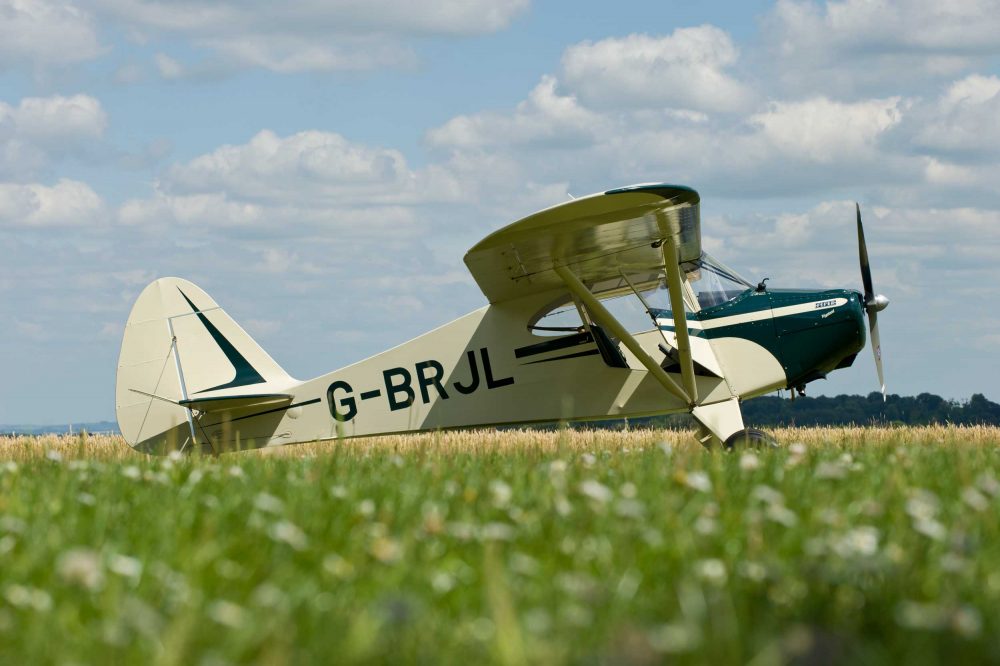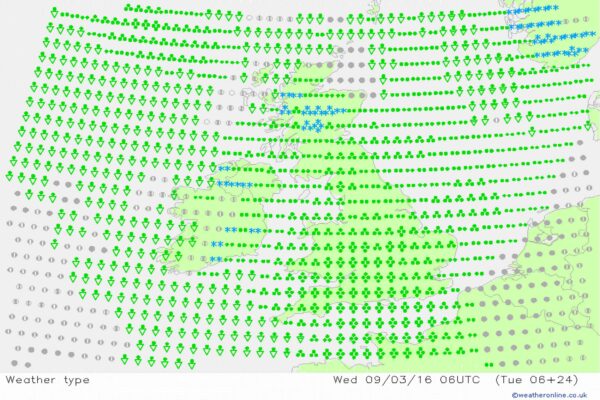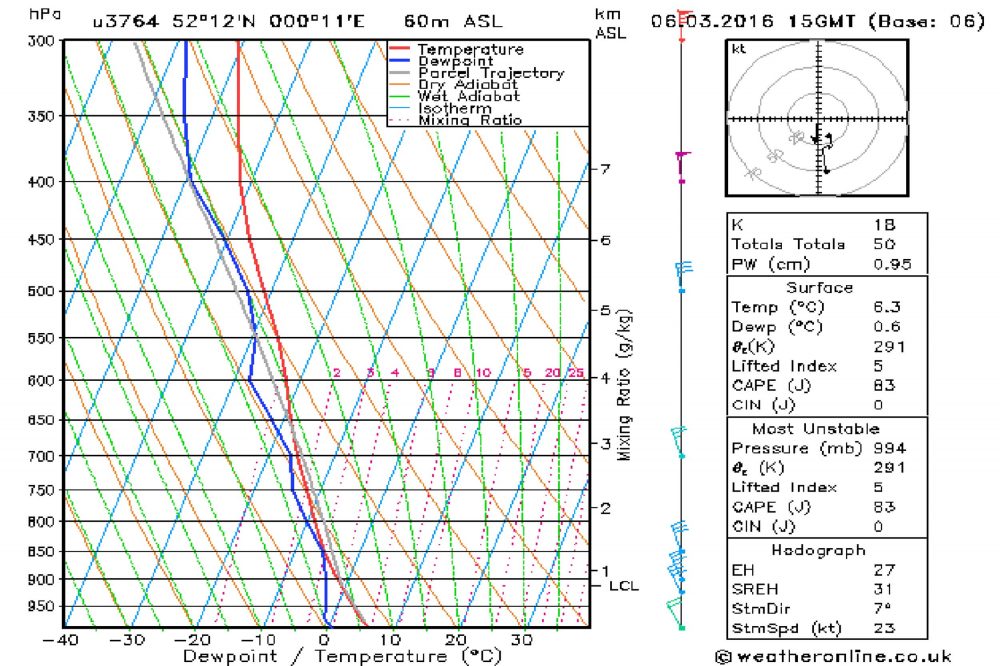Well what a relief! Spring is well and truly here. But after the floods and warmth of the past winter, getting your flying weather-head back into gear for the promise that the approaching seasons offer can seem a little daunting. So, here’s a guide on how to make the most of the flying that’s ahead, and how you can avoid being caught out by the weather.
1. Apps with attitude!
Think about dumping the apps. Well, not all of them, I’m being a little over zealous. However, I’m concerned by the number of pilots who are relying totally on such apps for all of their weather information.
While having always-on, instant access to weather information is no bad thing, it can lead a pilot into a false sense of security. Remember that the best weather forecaster is yourself. You’re the person who has been flying in many weather conditions, you know how it ‘feels’ to be flying inside the weather machine. Frequently, all that an app is doing is regurgitating model data that you’ve already seen.
Observational and TAF data are a different matter. They are produced by humans and are a recognised guide for pilots. They are regularly reviewed and should provide up-to-date information – just ensure that the source of the data is recognised and is stated on the app.
Of course, some weather data is better than none at all, so my call to ‘dump the app’ shouldn’t be interpreted literally, just go easy with them and build your own weather knowledge. Look out of the window and see what the weather is actually doing. If the weather doesn’t feel right, it probably isn’t!
2. Sea-breeze season
After the cooler temperatures of winter (and there were some cooler days!) it’s all too easy to forget how quickly warmth can arrive. By the end of April, inland temperatures can easily get into 20°-plus, in sharp contrast to cooler conditions around our coasts. Sea breezes can develop and these can generate some sharp showers as well as gusty winds, often catching out unwary pilots. Visibility can be reduced and particularly nasty flying conditions ensue.
There’s even more reason to be on the watch for the sea breeze this year. That’s because sea temperatures around the UK and Irish coasts, as well as much of Europe, are above average for the time of year, and have been all winter. Air temperatures inland will therefore need to get quite high in order for sea breezes to form, but when they do they could be strong.
Be on the lookout for the sea breeze anytime from now (April) through to late September. However, the peak of sea breezes tends to be during May and June. To be honest, my experience is that strong sea breezes can occur anytime through the spring and summer months, often well into autumn, so best to be on guard throughout.
So what are the sea-breeze warning signs? Most obvious is a fine day with an increasing contrast between temperatures overland and at sea. Typically, a contrast of 4° or 5°C is required for the sea breezes to develop. However, other factors come into play too. The most important of these is the surface wind. An offshore component (flowing from the land to the sea) is the perfect ingredient for the sea breeze to form. However, the stronger the wind speed, the greater the contrasting temperatures.
Don’t forget that frequently the strongest sea-breeze days are those which start sunny and warm, often with calm winds, with the sea breeze increasing in the afternoon.
If you’re flying inland, you may think that sea breezes don’t apply to you, but they can penetrate any location within the British Isles, often bringing late afternoon / evening showers, storms and strong winds to the most unlikely of locations.
















1 comment
Genuinely excellent article, thanks chaps. A bucket load of great tips and information to pull out of this one article alone. Worth noting Simon’s webinar on the same topic: https://www.youtube.com/watch?v=xDE2Dzx_Ft4